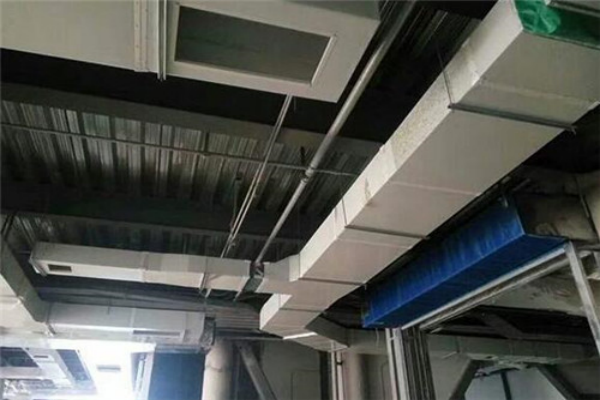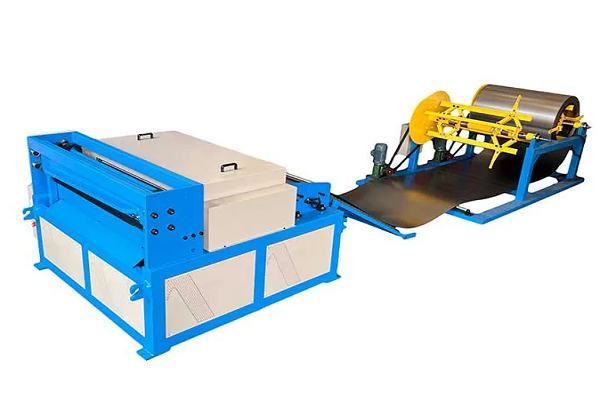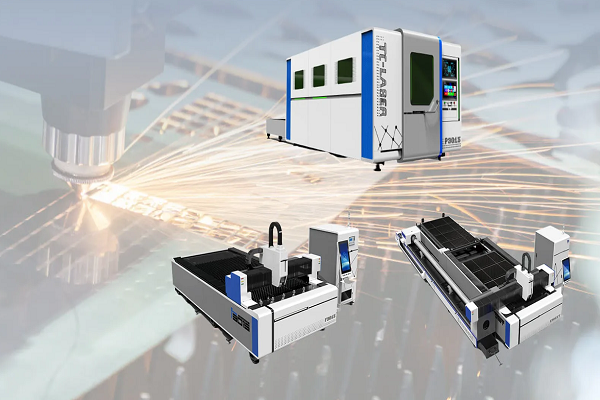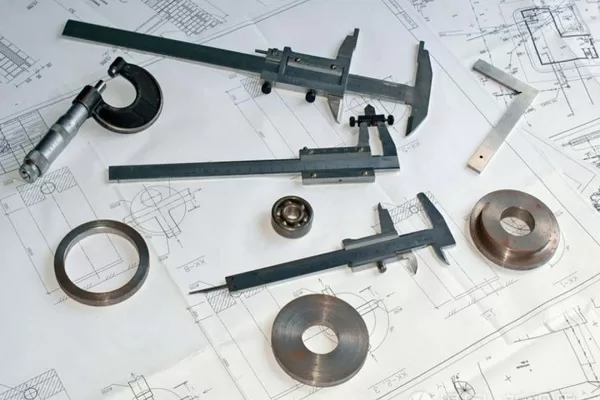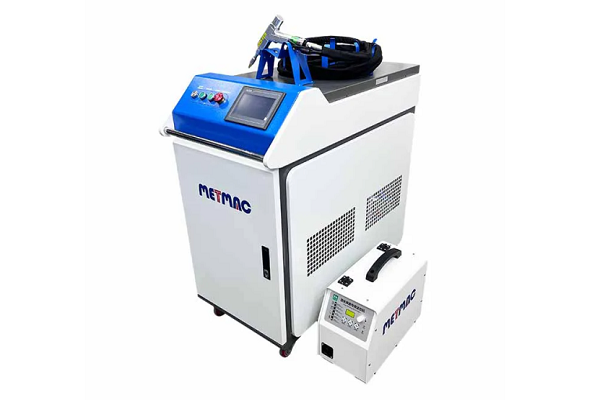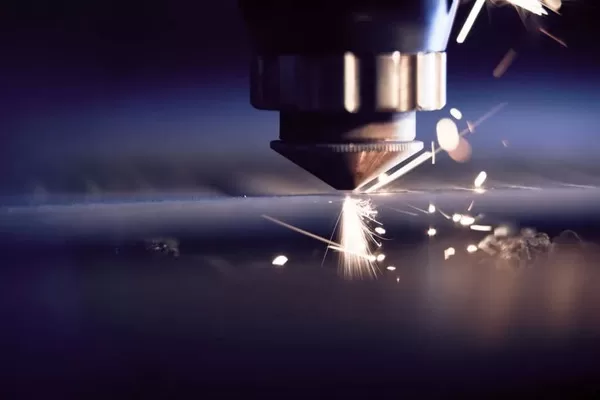
The Science Behind Sheet Round Bending Machines
- By:Metmac
- 2024-06-28
- 5
The sheet round bending machine, a vital tool in the metalworking industry, is a marvel of engineering, employing a combination of advanced science and practical mechanics to create precise, cylindrical bends in sheet metal. This article explores the intricate science behind these machines, examining the principles, technologies, and techniques involved in their operation.
Principles of Bending
Sheet bending relies on the fundamental principles of elasticity and plasticity. When force is applied to a sheet of metal, the material initially undergoes elastic deformation, returning to its original shape upon release of the force. However, with increasing force, the material enters the plastic region, where it permanently deforms beyond its elastic limit. This plastic deformation is what enables the sheet to be bent into a cylindrical shape.
Roller Bending Technology
The primary technology used in sheet round bending machines is roller bending, where three or more rollers work in unison to form the bend. The bottom rollers support the sheet, while the upper rollers apply pressure and bend the sheet around a central axis. The distance between the rollers determines the bend radius, while the angle of the upper rollers relative to the bottom rollers controls the bend angle.
Finite Element Analysis (FEA)
To optimize the bending process and ensure precise results, sheet round bending machines incorporate finite element analysis (FEA). FEA is a computer simulation technique that models the behavior of the sheet metal under various bending conditions. By analyzing the stress-strain distribution, engineers can determine the optimal roller positions and forces to achieve the desired bend without inducing excessive strain or material failure.
Material Properties
The science behind sheet round bending also takes into account the properties of the sheet metal being bent. Different materials have varying elastic moduli, tensile strengths, and yield strengths, which influence the bending process. Hard and brittle materials require higher bending forces, while soft and ductile materials can be bent more easily. The machine settings and bending parameters must be adjusted accordingly to accommodate different materials.
Tooling Selection
The choice of bending tools is crucial for achieving the desired bend quality. Different tool geometries (e.g., roller diameters, groove profiles) are suitable for different bend radii and material thicknesses. Proper tooling selection ensures that the sheet metal is bent uniformly and without any surface imperfections.
Conclusion
The science behind sheet round bending machines is a complex amalgamation of principles, technologies, and techniques. Understanding these concepts is essential for engineers and operators to optimize the bending process, ensure precision, and maximize the efficiency of this essential metalworking tool. By harnessing the power of science, sheet round bending machines are revolutionizing the manufacturing industry, enabling the creation of intricate and precise cylindrical bends in sheet metal components.
-
Innovations in Steel Strip Slitting Machine Design and Technology
2024/05/11 -
Improving Accuracy in Metal Fabrication with Laser Metal Shear Machines
2024/05/11 -
Latest Technological Advancements in Rectangular Duct Machines
2024/05/11 -
Integrating Automation with Rectangular Duct Machines for Enhanced Productivity
2024/05/11
